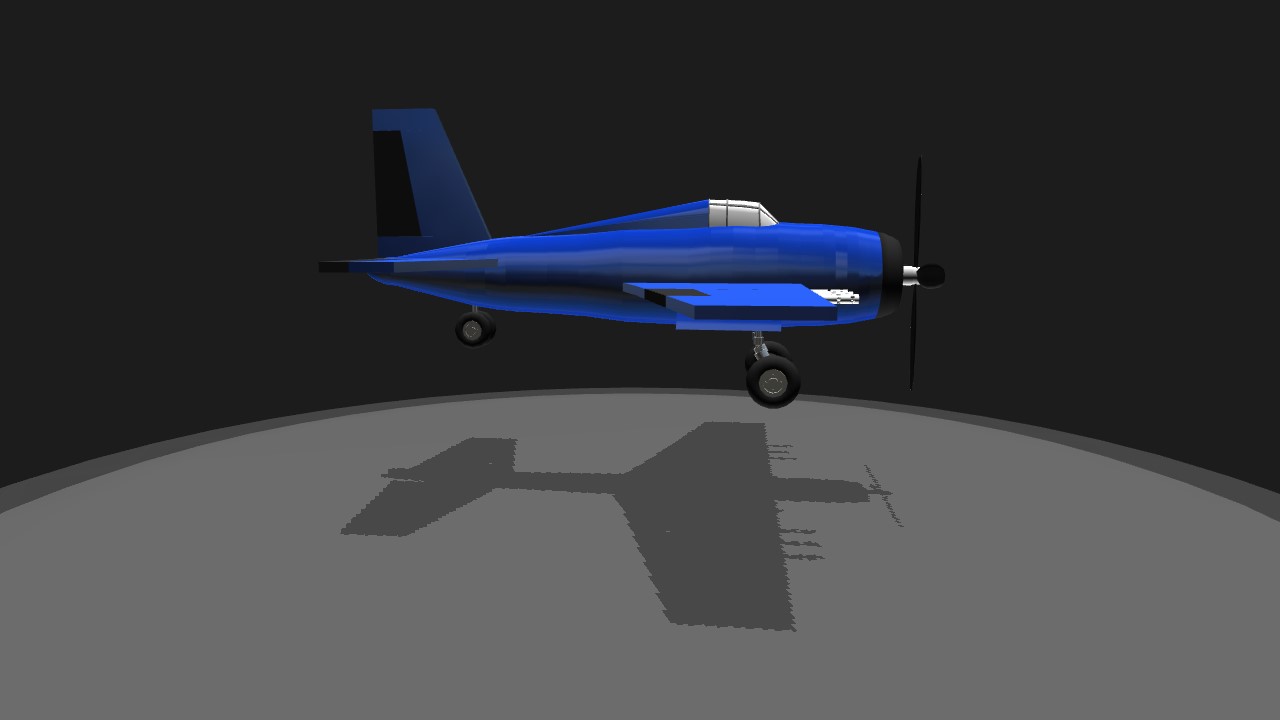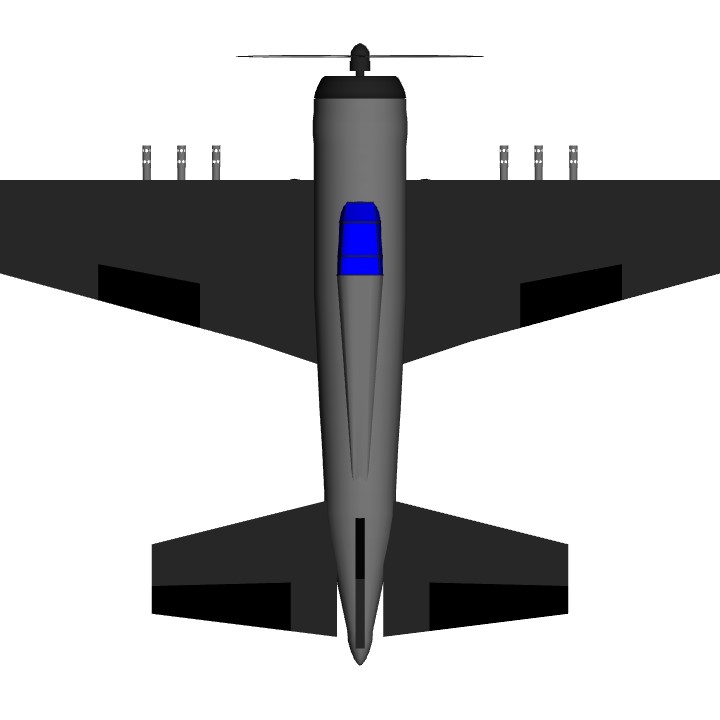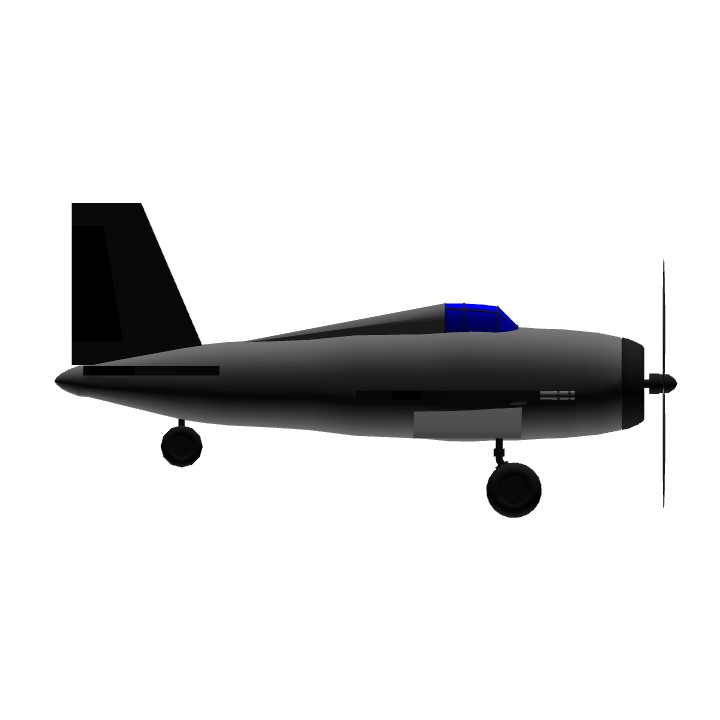The Grumman F6F Hellcat is an American carrier-based fighter aircraft of World War II. Designed to replace the earlier F4F Wildcat and to counter the Japanese Mitsubishi A6M Zero, it was the United States Navy's dominant fighter in the second half of the Pacific War. The Hellcat competed with the faster Vought F4U Corsair for that role and prevailed, as the Corsair had significant issues with carrier landings. The Corsair instead was primarily deployed to great effect in land-based use by the U.S. Marine Corps.F6F HellcatHellcats F6F-3, May 1943.jpgGrumman F6F-3 Hellcats in tricolor camouflage[1][Note 1]RoleCarrier-based fighter aircraftNational originUnited StatesManufacturerGrummanFirst flight26 June 1942Introduction1943Retired1960 Uruguayan Navy[2]Primary usersUnited States NavyUnited States Marine CorpsRoyal NavyFrench NavyProduced1942–45Number built12,275Unit cost$35,000 in 1945 Powered by a 2,000 hp Pratt & Whitney R-2800 Double Wasp, the same powerplant used for both the Corsair and the United States Army Air Forces (USAAF) Republic P-47 Thunderbolt fighters, the F6F was an entirely new design, but it still resembled the Wildcat in many ways.[4] Some military observers tagged the Hellcat as the "Wildcat's big brother". The F6F made its combat debut in September 1943, and was best known for its role as a rugged, well-designed carrier fighter which was able to outperform the A6M Zero and help secure air superiority over the Pacific theater. A total of 12,275 were built in just over two years. Hellcats were credited with destroying a total of 5,223 enemy aircraft while in service with the U.S. Navy, U.S. Marine Corps and the Royal Navy Fleet Air Arm.. This was more than any other Allied naval aircraft.[9] Postwar, the Hellcat was phased out of front line service but remained in service as late as 1954 as a night fighter.Contents
Specifications
General Characteristics
- Predecessor P-51 Mustang
- Created On iOS
- Wingspan 25.5ft (7.8m)
- Length 21.7ft (6.6m)
- Height 10.9ft (3.3m)
- Empty Weight 4,715lbs (2,138kg)
- Loaded Weight 8,861lbs (4,019kg)
Performance
- Horse Power/Weight Ratio 0.225
- Wing Loading 48.9lbs/ft2 (238.6kg/m2)
- Wing Area 181.3ft2 (16.8m2)
- Drag Points 1761
Parts
- Number of Parts 38
- Control Surfaces 5
- Performance Cost 243




